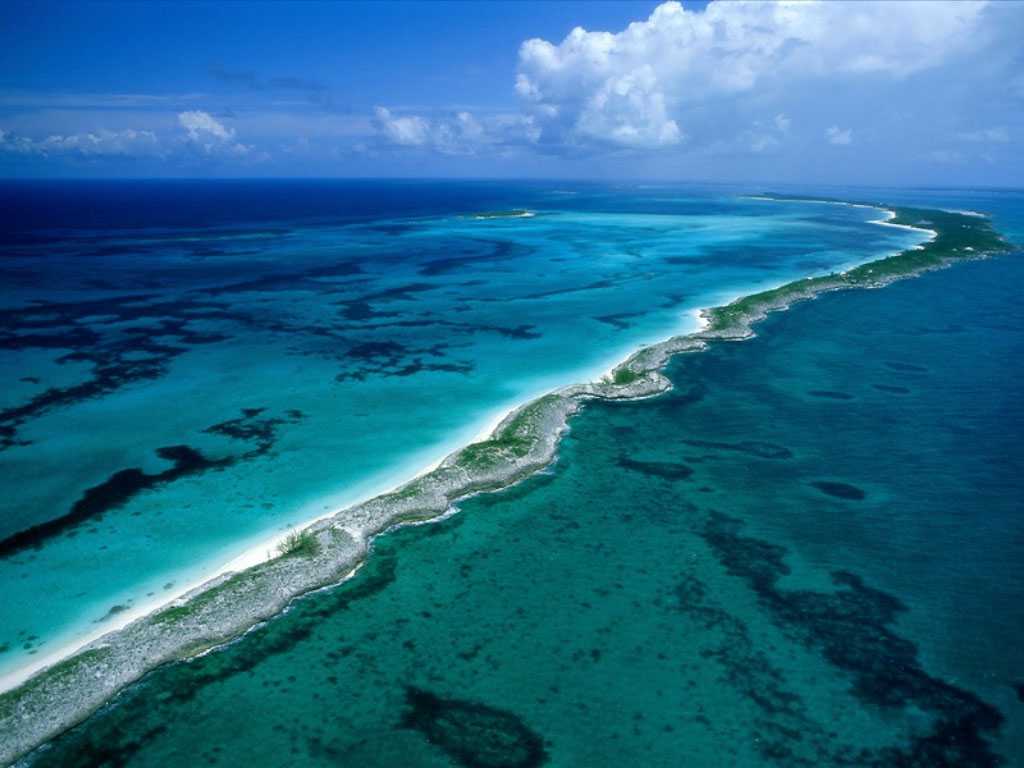

2020), cyanobacterial mats (De Bakker et al.


Existing decadal studies incorporating all benthic functional groups have documented phase shifts from hard corals to either macroalgae (Done et al. 2022) typically measure coral cover alone or some other indicators of reef status through opportunistic sampling, which is certainly valuable but future efforts could implement a more holistic (i.e., assessing benthic community composition) and precise (e.g., using permanent plots) approach. Most large-scale regional or global monitoring efforts (Souter et al. However, there are not enough long-term studies of coral reef community composition which precisely track changes in entire benthic assemblages through time. Multi-year data sets from permanent sites are informative because a single time point does not reflect the successional trajectory of a given reef. 2001 Diaz-Pulido and McCook 2002), longer-term perspectives before and after disturbance would allow for better indication of which ecosystem changes are transient or permanent. Given that benthic organisms colonize open substrata on reefs at different rates (McClanahan et al. However, for many of these studies, reefs were surveyed up to 1 yr post-bleaching at most, with no further time points. In some cases, there has been no significant mortality of hard corals after a bleaching event (Gleason 1993 Hardman et al.
Atoll coral reef full#
Periods of high thermal stress can result in coral bleaching, subsequent partial or full colony mortality, decreases in live coral cover, and corresponding increases in turf or fleshy algal cover (Shulman and Robertson 1996 Ostrander et al. 2000) and long-term monitoring is required to tease apart natural mechanisms of change (e.g., competition) following large-scale disturbances such as temperature-induced bleaching. Coral reef benthic communities are highly dynamic (Nyström et al. 2016), the loss of structural complexity (Graham and Nash 2013), and the degradation of ecosystem services (Moberg and Folke 1999 Woodhead et al. This may lead to a net negative calcium carbonate budget (Takeshita et al. Such events can cause reefs to shift from dominance by calcifying, reef-building taxa (e.g., corals and crustose coralline algae) to dominance by fleshy organisms such as turf and fleshy macroalgae (McCook et al. 2017) with dire consequences for the persistence of coral reef ecosystems. In particular, mass bleaching events associated with rising ocean temperatures have continued to increase in both frequency and intensity (Hughes et al. Overall, our data reveal the resilience of calcifier-dominated coral reef communities on Palmyra Atoll that have persisted over the last decade despite two bleaching events, demonstrating the capacity for these reefs to recover from and/or withstand disturbances in the absence of local stressors.Ĭoral reef ecosystems are declining globally due to the combined impacts of local and global stressors. Coral cover decreased at some sites 1 yr following both bleaching events and was replaced by different algal groups depending on the site, yet returned to pre-bleaching levels within 2 yr. There was also spatial variation in the trajectory of each site through time. Communities on the RT exhibited minimal change in percent cover of the dominant functional groups, while the FR had greater variability and minor declines in hard coral cover. Across 10 yr and two bleaching events, the benthic community structure on Palmyra shows evidence of long-term stability. The El Niño events of 2009–20–2016 resulted in acute thermal stress and coral bleaching was observed at both reef habitats during these events. Eighty permanent plots were photographed annually between 20 on both the wave-exposed fore reef (FR, 10 m depth, n = 4 sites) and the wave-sheltered reef terrace (RT, 5 m depth, n = 4 sites) habitats. Here, we quantify spatial and temporal changes in benthic community composition over a decade using image analysis of permanent photoquadrats on Palmyra Atoll in the central Pacific Ocean. While many studies have documented how corals respond to warming, fewer have focused on benthic community responses over longer time periods or on the response of non-coral taxa (e.g., crustose coralline algae, macroalgae, or turf). The prevalence of coral bleaching due to thermal stress has been increasing on coral reefs worldwide.


 0 kommentar(er)
0 kommentar(er)
